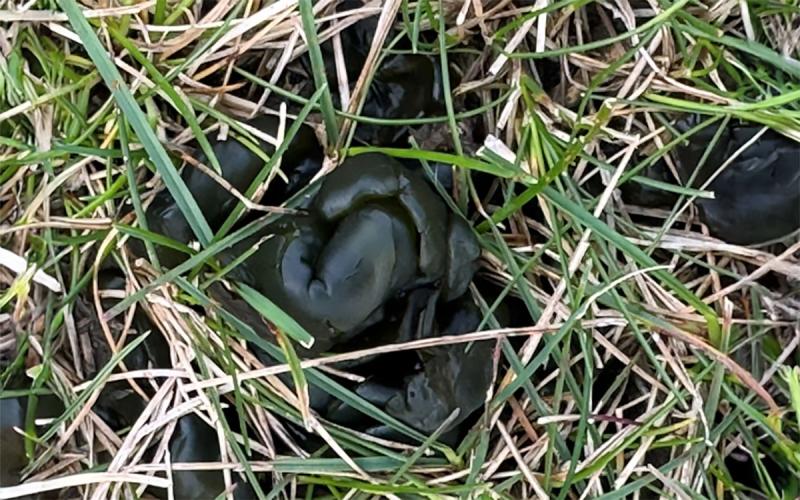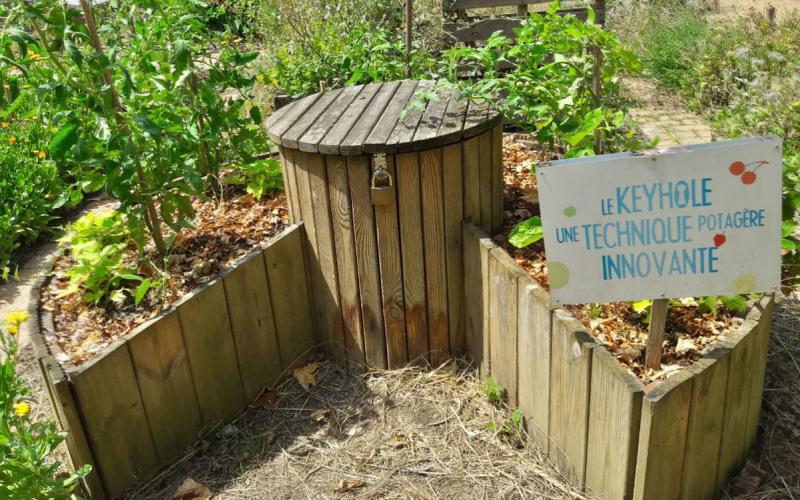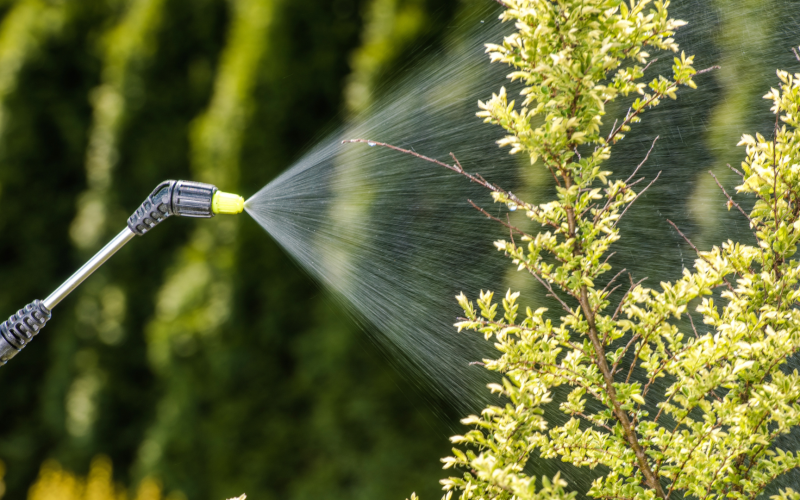
Originally Submitted: April, 12, 2021
Updated by Laura Edwards. Originally written by Cindy Schnabel under the direction and review of Laura Edwards.
A lush, green lawn is what everyone strives for in the summer. Achieving this during the best of times can be hard. Dry weather conditions make this task just a bit harder. Do not throw in the towel though. With these tips, you can maintain and save your lawn.
Recognizing the signs of drought stress is important. If you notice wilting, darkening of color, or your footprints remain after a walk across your lawn, these are all signs of drought stress. This would be the time to consider using some drought techniques.
Management Tips
- Put lawn projects on hold.
Drought conditions are stressful to a lawn. For this reason, it is better to hold off on projects, like aerating and dethatching, so plants can hold on to as much moisture as possible. - Delay fertilizer applications.
Avoid excess nitrogen fertilizer during hot, dry conditions. Overfertilizing will burn the lawn. Wait until early September to fertilize, when cooler temperatures occur. - Keep weeds down.
Weeds compete with the turf for all the essential elements to grow. It is safe to say that the less weeds you have, the better chance your grass has to grow. - Water deeply and infrequently.
Deep, infrequent watering will go a long way to help lawns cope with dry conditions. Early morning watering (5:00 a.m. to 9:00 a.m.) is ideal. This ensures that the grass gets the moisture it needs and reduces evaporation. Set the overhead sprinkler up to fall only on the lawn. Sidewalks, roads, or buildings do not need to be watered. Make sure water is not puddling or running off. - Mow high.
Set your mower height to two-and-a-half to four inches. Mowing high gives the lawn a deeper and larger root system, keeps moisture in, defends against weeds and keeps the soil cooler. Mowing too short during dry conditions can injure or wear out dormant grasses to the point where they may not come back during cooler conditions.
- Remove grass carefully.
Just as a reminder, never remove more than one-third of the grass at one time. It will cause too much stress on the grass. - Mulch instead of bagging.
Mulch your lawn instead of bagging the clippings. Mulching keeps more moisture and nutrients in the soil. - Maintain your lawn equipment.
Sharpen your lawn mower blades twice a year. A dull blade tears at the grass, forcing it to use 40 to 60% more water to recover. - Let your lawn go dormant when the weather turns hot.
Around South Dakota, most lawns are comprised of cool-weather grasses. When conditions get too hot and dry, these grasses will go dormant. Dormancy means active shoot growth will stop. Grasses may turn brown, and some may die, but the crown, rhizomes and roots are still alive. During this time, you want to apply just enough water to keep the turf alive until conditions improve. The best recommendation when the lawn is in dormancy is to provide one-quarter to one-half of an inch of water every two to four weeks. Keep an eye on the weather conditions because you do not want to bring the turf out of dormancy too early. Breaking dormancy early actually will drain reserves within the plant if conditions remain dry. Once it cools down or rain starts to fall, shoot growth will begin again, and the lawn will green up.
Maintaining a lawn during a drought takes a bit more care than usual. When you implement these tips, you will help keep turf healthy during the worst periods of any extended dry spell.


